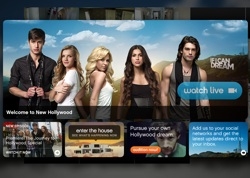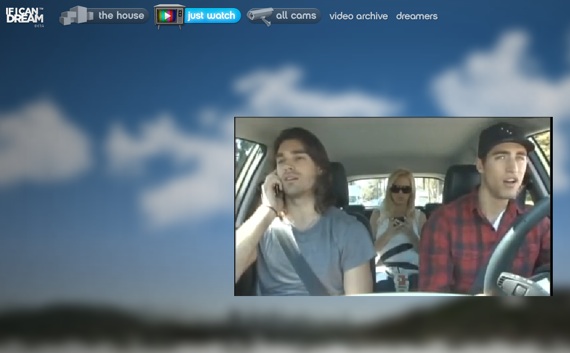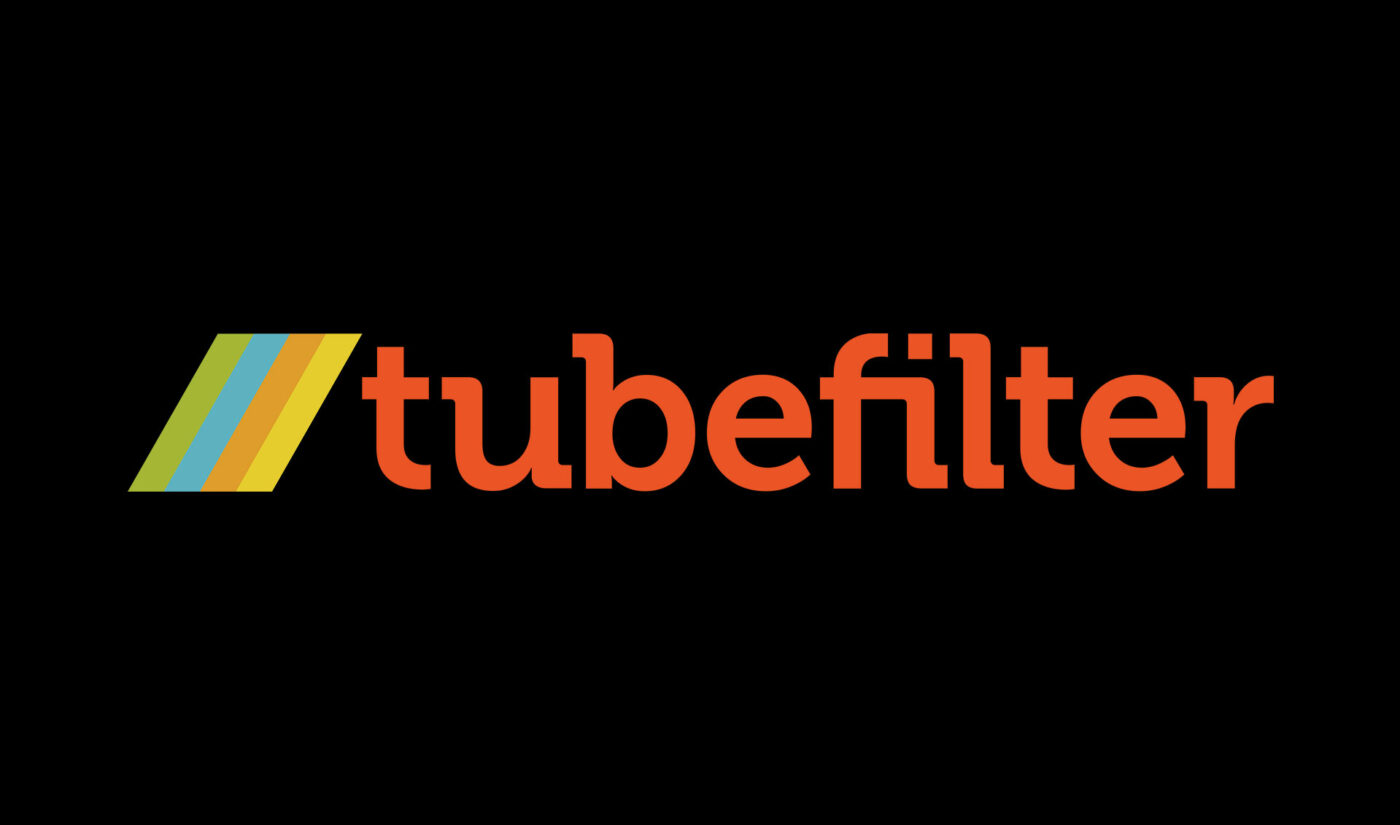 This week saw the launch of Hulu’s first original web series, If I Can Dream, backed by reality TV’s worldwide top dog, American Idol creator Simon Fuller. His first foray into the web goes way beyond Hulu though, as the series blends several reality formats into a 24/7 experiential internet show combining dozens of live camera feeds, edited episodes and even a public auditioning platform on MySpace. The show follows five young and aspiring talents trying to make it in Hollywood, which on its own isn’t anything novel. Three of them are actors, one a musician and another a model, all starting somewhere near the lower ranks of Hollywood’s slippery talent ladder.
This week saw the launch of Hulu’s first original web series, If I Can Dream, backed by reality TV’s worldwide top dog, American Idol creator Simon Fuller. His first foray into the web goes way beyond Hulu though, as the series blends several reality formats into a 24/7 experiential internet show combining dozens of live camera feeds, edited episodes and even a public auditioning platform on MySpace. The show follows five young and aspiring talents trying to make it in Hollywood, which on its own isn’t anything novel. Three of them are actors, one a musician and another a model, all starting somewhere near the lower ranks of Hollywood’s slippery talent ladder.
So why is this is big deal for web TV?

Subscribe for daily Tubefilter Top Stories
Reality’s Cost Paradox
Reality shows swept across television starting in force back in 1999 with the success of the voyeuristic Big Brother and followed soon after by Survivor, The Amazing Race and the launch of reality’s crown jewel, American Idol in 2002. Sure, it was a fresh format—complete with a whole myriad of sub-formats (docu-reality, competitions, hoaxes, makeovers, etc.)—but what really sold it up the network brass was the cost. These things were just plain cheaper than scripted television.
This of course left a whole slew of TV writers and actors left with a dwindling pilot season and fewer time slots open for their scripted stories. Networks have a finite number of hours of programming time every day, and when one show moves into a time slot another moves out. Online however, the time slots aren’t scarce at all. Networks have in effect infinite shelf space for new series, they just need to make the revenues line up with the costs before greenlighting a project.
The irony online, and probably the reason we haven’t seen more reality formats tried as web series, is that compared to most web series, these things aren’t cheap at all. In fact to pull off what are now widely accepted structures for reality series, it takes a considerable amount of footage be shot, countless hours of editing, and most often some sort of controlled environment during the shoot. This costs money.
So to pull off something of this scale for If I Can Dream, it took that magical trinity of Content (Simon Fuller’s show concept), Distribution (Hulu and MySpace) and Brand (Pepsi and Ford) to all come together. This couldn’t happen without all three lined up before even a frame was shot to disk.

Isn’t Reality Already Here?
Some could argue that the ultimate reality format already exists online: the endless sea of home videos uploaded into YouTube every minute. The cost structure of this content is zero. But adding controls and parameters that drive us to tune in weekly or even daily, means actual producing needs to happen. We won’t all aspiring actors trying to make in Hollywood, but we will watch a rigorously vetted crop of ever-so-coiffed dreamers. Sociological issues aside, that’s the state of mainstream American television tastes—traditional or internet.
But capturing mainstream TV viewers, who are now increasingly geared up with high-speed broadband connections, is the ultimate goal for many of the web’s would-be reality show producers. So luring Idol viewers online on a regular basis means delivering a product that fits a standard that for better or worse is what they demand. Mommy XXX on Crackle was close to emulating TV’s reality format as it followed the daily home life of adult film star Demi Delia, as was TheWB.com’s Rich Girl Poor Girl. Neither series however has been renewed as of yet.
For the most part, the web thrives on niche, and dozen of reality or docu-reality web series have found small but meaningful audiences. In Their Boots followed Iraq war veterans and their stories from the battle zones, and David Lynch’s Interview Project sat down to tell the real stories of the American Heartland. Online travel series like The Gap Year or InTransit have filled that raw experiential travel stories that TV seems to miss. It’s not that the web is dearth of reality storytelling, it’s that it’s short on TV’s idea of reality formats.
Floodgates to Follow
So in many ways If I Can Dream will serves the litmus test to see if a high-concept, heavily promoted and prominently distributed reality series can really deliver an audience for the brands that stepped up to back it. So how big an audience does it actually need? TV By the Numbers‘ Robert Seidman was quoted in the Huffington Post saying: “What would make it a hit on TV would depend on what network it is on, but in general it would need to average about 4 million adults 18-49 for the duration of the show to be considered a success in terms of broadcast network ratings (or about a 3.0 rating with adults 18-49).”
While Nielsen ratings aren’t quite apples to apples for online viewing yet, if the new series can score several million views per episode on Hulu, not counting the live feed traffic or MySpace postings, then it’s probably going to get renewed. This also assumes of course that they aren’t running any auto-play views across video ad networks.
A success for If I Can Dream means we may be seeing the start of a reality rush online in 2010. The boom of alternate reality games (ARGs) and interactive storytelling means new genre-bending formats for entertainment might emerge in the next few years. So whatever you think of the Hollywood polish and corporate sheen on Fuller’s web experiment, you can’t help but think what happens if it actually works.








